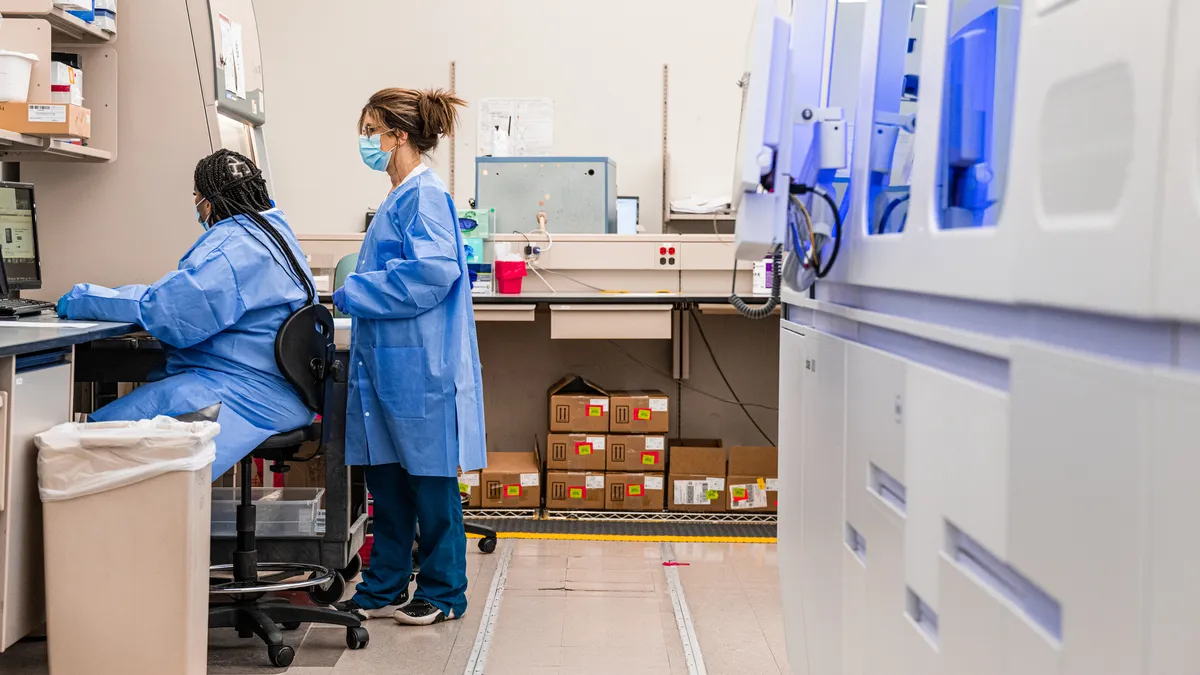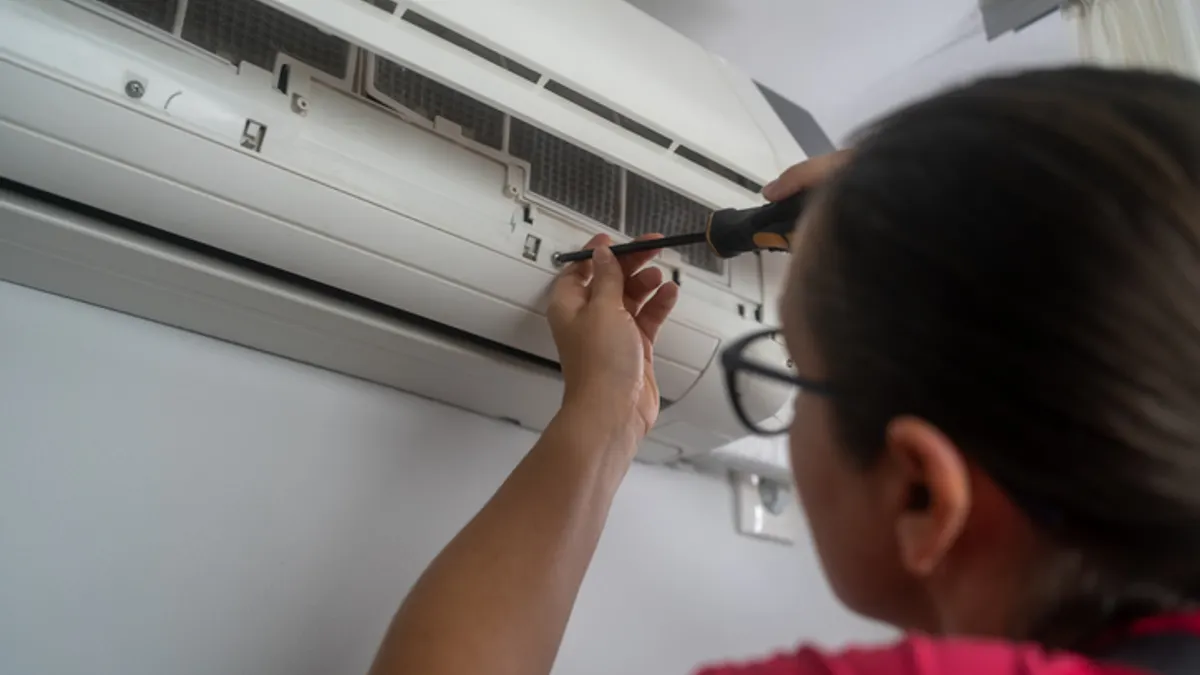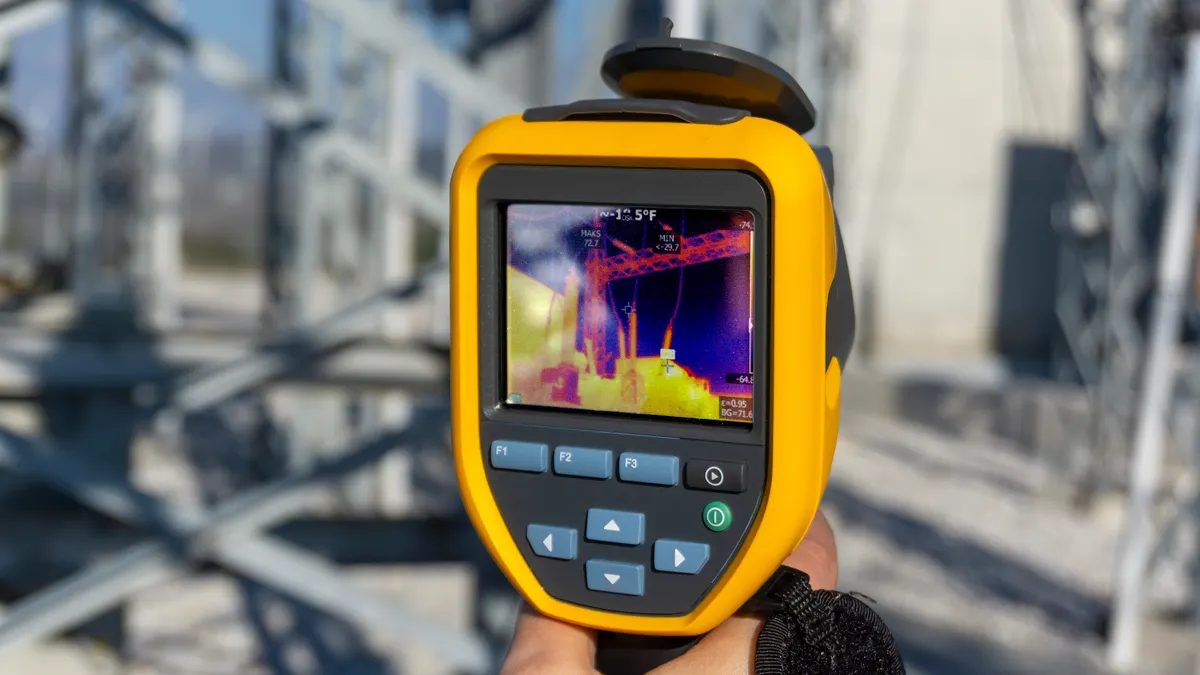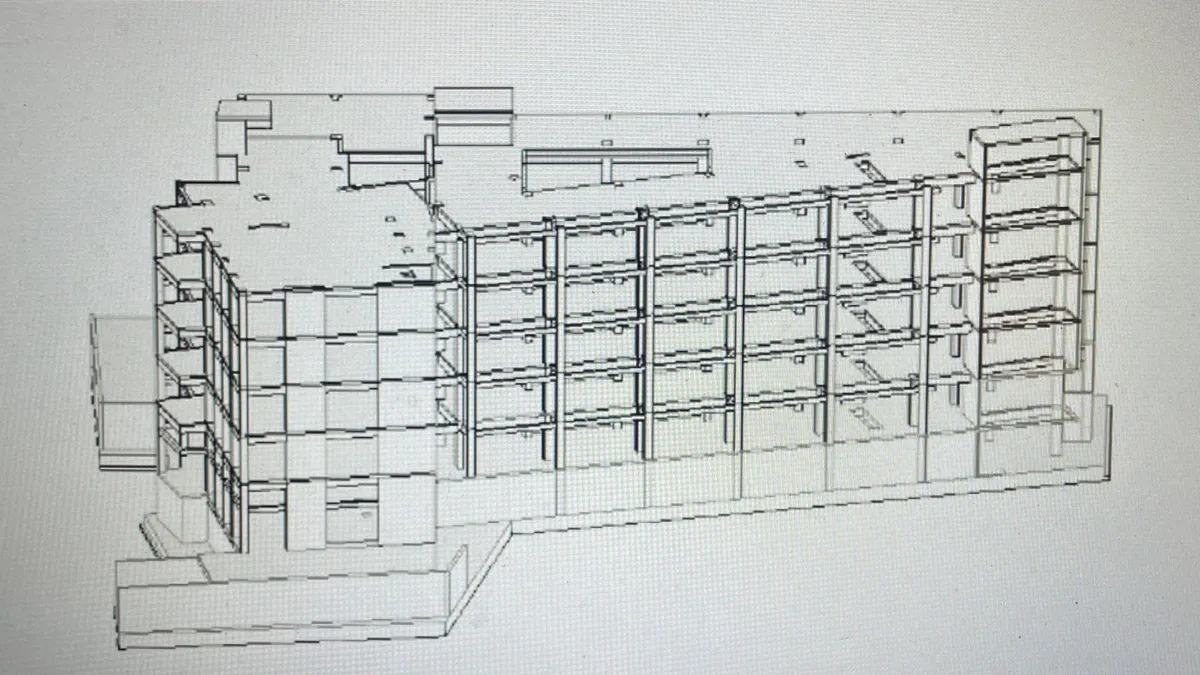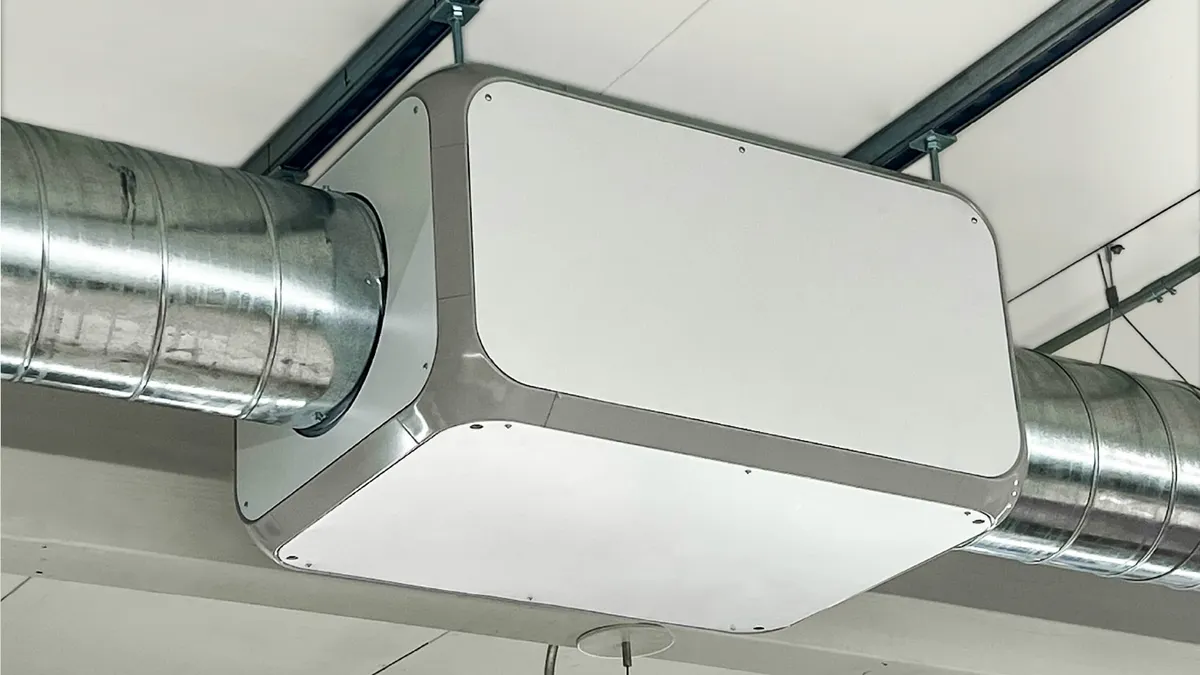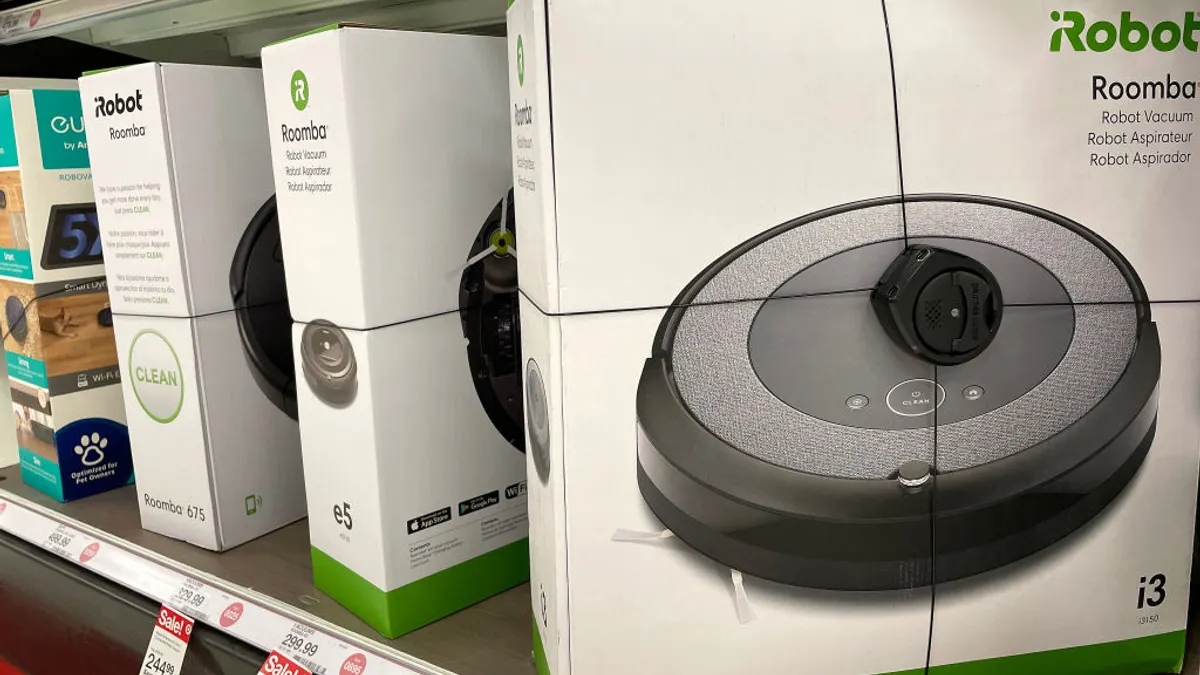This is the second feature in a three-part series about the challenges facing facilities workers in hospitals and outpatient care clinics. Part 1 addresses capital constraints and decarbonization challenges.
Robert Melton tests emergency generators and utility power as early as 5 a.m. at Cape Fear Valley Health Systems’ facilities.
“We have to test our generators at least once a month on what we call a load condition. So, we have to make sure not to interrupt surgeries,” said Melton, who leads the organization’s maintenance activities as corporate engineer and director.
Melton is cognizant of the potential impact of losing electricity for five to seven seconds during an ongoing surgery if he does not proactively communicate with clinical care teams to schedule such inspections and testing activities. He uses a computerized maintenance management system that notifies him whenever temperatures go out of range in refrigerators that store vials of insulin, vaccine and other critical medicines.
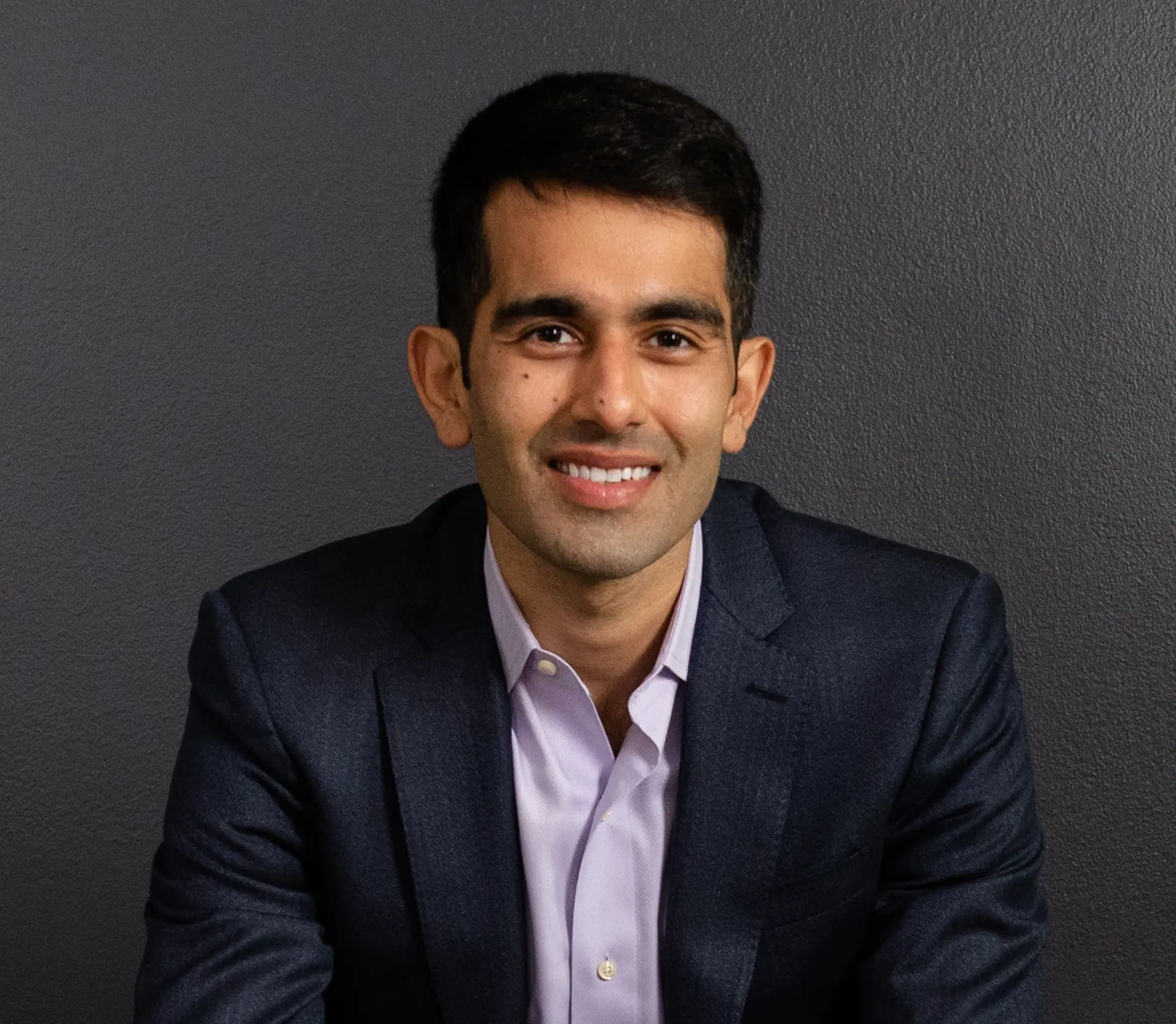
In healthcare facilities, “the pain points are more operational,” said Arvin Vohra, CEO of Redaptive, which works with such facilities’ managers across several organizations. “Just by default, the maintenance task at hand is more mission-critical for healthcare facilities managers because, in this situation, we have people’s lives at stake. You can’t have an HVAC unit not function for a day. You can’t have the lights in a surgery room go out.”
At Cape Fear Valley, Melton manages a team of 75 facilities workers across nine hospitals, outpatient care clinics and behavioral health units in North Carolina. He is one of many healthcare facilities managers using AI-powered tools, data analytics and the Internet of Things to streamline operations, optimize resources and improve patient experiences.
Those technological advances bring challenges that compound already-tight budgets and decarbonization pressures. Facilities workers in older hospital buildings must especially toe the line between managing outdated infrastructure and gauging the right time for investments in technology and energy-efficient upgrades.
Aging infrastructure and infection risk
Many hospitals are old buildings with aged infrastructure and equipment. That can mean cracks in walls and pipes, insulation systems in a state of disrepair and antiquated equipment that consumes more energy than more modern designs.
Industry standards indicate that most air handling units, for instance, have a 25-year life expectancy. A dedicated facilities management staff member might be able to wrangle another five to 10 years of reliability out of that equipment.
“But most hospitals have equipment over 40 years old,” Alison Flynn Gaffney, president of JLL’s healthcare division, said. “The best solutions for equipment replacement [are] where organizations can leverage new technologies and efficiencies. The pandemic showed us how to isolate and redirect HVAC systems, for example. And that learning doesn’t go away.”
In many of these buildings, mechanical insulation systems are not sufficiently inspected, making a hospital facilities manager’s job harder, according to Pete Ielmini, executive director of heat and frost insulators at Mechanical Insulators Labor Management Cooperative Trust.
“The mechanical system of a hospital works 24/7. In a four-story hospital, there are 17 miles of insulated pipe and an equivalent of 10 football fields’ worth of space for ductwork. But about 10%-30% of insulation is missing or damaged in [most] hospitals,” Ielmini said.
His organization recently lent its support to a bipartisan bill mandating an assessment of mechanical insulation efficiencies across 350,000 federal buildings.
Hospitals and healthcare clinics in older buildings are renovating to accommodate the latest treatment methods. But remodeling comes with a fresh set of risks, including air leakages from ducts hidden inside walls. Sealing those ducts without drilling a hole in the wall is often difficult.
“When renovations are performed, the insulation is removed, and it is not put back in some cases,” Ielmini said. Improperly installed insulation, or an absence of it, provides an opportunity for moisture to fester in the installation. The resultant growth of mold and bacteria, concealed in the walls of HVAC applications of old buildings, becomes a breeding ground for infections in exam rooms and operation theaters, he explained.
“If you look at old pipe installations and see black spots on it, you’ve got mold. And you don’t want to have moldy insulations in an operating room where infection risk is so widespread. You have to put on a vapor barrier to prevent water from getting in. You also have to put a proper protective coating over the insulation to prevent the accumulation of mold and bacteria in the insulation,” he cautioned.
Labor scarcity
Facilities managers are often addressing aging equipment and technology with fewer human resources. A dearth of qualified candidates, compounded by retiring Baby Boomers and inadequate succession planning, has led to job vacancies in crucial areas like engineering. In response, some departments are resorting to hiring temporary or former workers to bridge the gap left by the shortage of permanent healthcare facilities staff. That was the case with Carol McCormick, facilities director at CHI Health Immanuel and Mercy Hospital in Iowa, who rehired a retired employee on a twice-a-week schedule to fill a yearlong engineering job vacancy, according to Health Facilities Management Magazine.

“Staffing shortages are here to stay,” said Gaffney, who led executive and financial oversight for all inpatient and ambulatory operations at a large academic healthcare system before joining JLL. She noted that executives are looking to technology, at least partially, to fill the gap, which might require a new operational approach.
“Facilities managers have historically had a preventive maintenance mindset, where every area has a schedule. But technology can ease staff burdens. AI can come in to reduce manual labor … and have more predictive maintenance, which has a cascade impact on what resources we would need to do that efficiently,” she added.
Gaffney also emphasized the importance of using predictive modeling-based patient clinic visit data to optimize energy usage and reduce overcrowding and wait times in patient care areas. “How many no-shows do we have? How many cancellations? How many times does a physician get called for an emergency? All of that data is in there. It’s about how we harness and utilize it for better efficiencies,” she said.
By analyzing clinic visit data, facilities managers can gain a better understanding of peak hours, busy periods and seasonal variations in patient flow. “For example, if certain examination rooms are consistently overbooked, additional rooms can be made available to optimize patient flow and reduce congestion,” she explained.
Certain hospitals are heading in that direction. Methodist, a 12-hospital healthcare provider in Texas, partnered with JLL to boost cost savings, standardize systems and improve performance through data and business intelligence. JLL says that Methodist is now on track to generate $5 million in net savings over a five-year span.
But data-driven insights do not make it easier to find skilled labor in the post-pandemic era, according to Vohra. “Pre-pandemic, you could fill a vacancy in four weeks. But today, it’s not uncommon to take two months to fill up that vacancy,” he said.
Technological hurdles
Implementing new technologies and moving beyond the pandemic remain critical issues for healthcare facilities staff. Against this backdrop, modernizing and maintain operational facilities in structures constructed before the 1980s is a key requirement, these executives say.
Richard Taylor, a healthcare expert and managing director of real estate consulting and technology services at EY, said hospitals and outpatient clinics still have a long way to go to access the accurate digital data and secure the capital needed for buying or upgrading facilities. He noted that facilities managers lack the data to clearly understand what equipment they are operating and how old those pieces of equipment are.
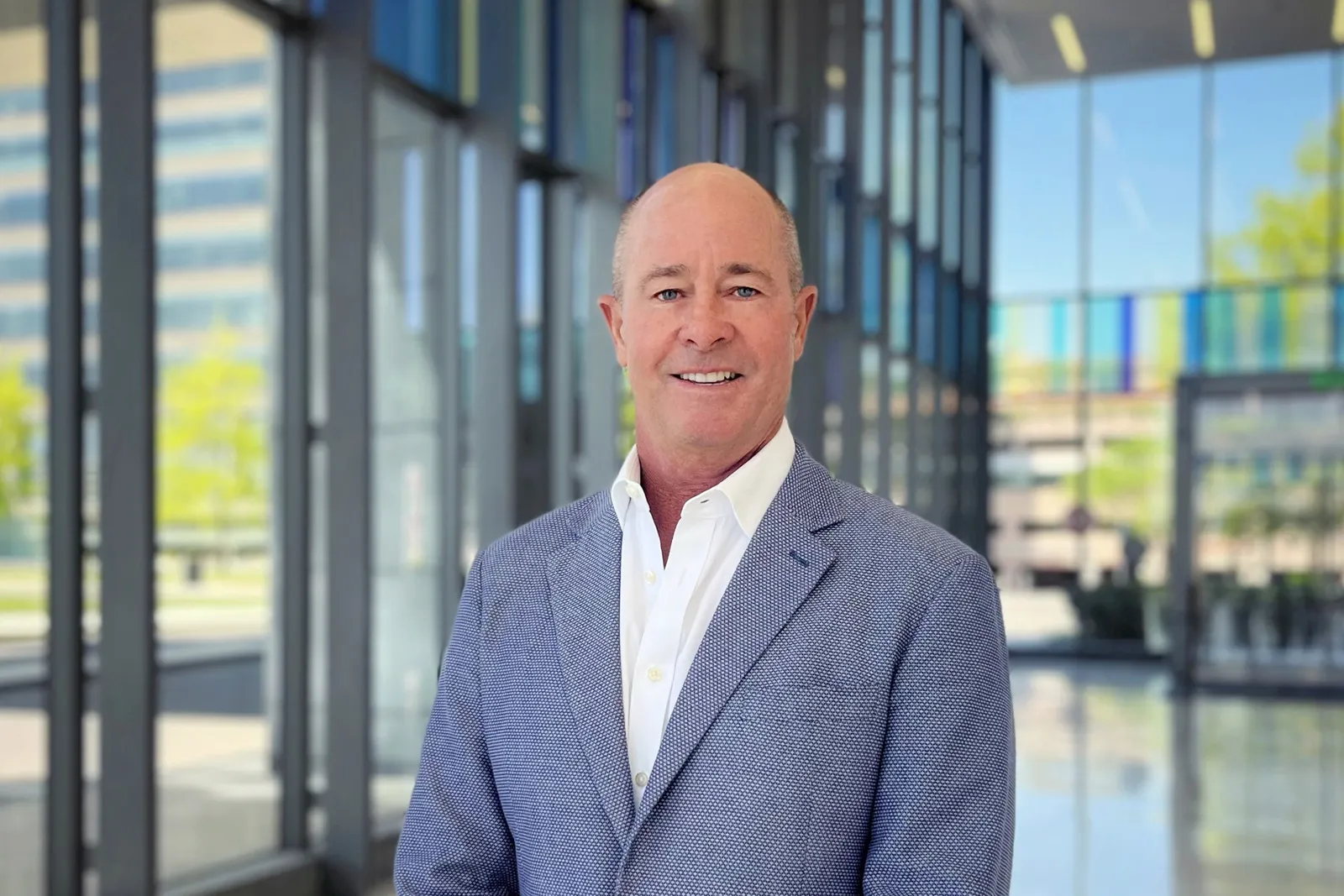
“A complex healthcare environment is different from an office building. The ability to have what you would call asset-tracking — the ability to capture data on those assets — will be a major uplift,” Taylor said. “Healthcare facilities managers are looking to understand how to use technology effectively, as well as what younger generations are thinking about. How to use those facilities and what they are looking for in a healthcare environment.”
Even so, many larger hospitals lack basic technological infrastructure, such as reliable Wi-Fi access to accurate information like details of prescriptions provided by physicians, Taylor pointed out. “If you think about a hospital that is 1 million to 2 million square feet, there is a lot of work to be done to improve connectivity,” he noted.
Space crunch
Gaffney remembers seeing hordes of drive-up testing and vaccination booths during COVID-19, when hospitals faced a shortage of intensive care unit beds. Facilities management teams went to work to support COVID response efforts, revamping air handling systems and creating food markets within nutrition care services to provide people at the hospital with convenient ways to feed themselves and their families. “We would sit around a table and figure out how to move forward, sometimes on an hourly basis,” she recalled. “Many facilities managers were stepping in to save lives.”
Remote patient monitoring and telehealth options have gained steam since the pandemic, but their use does not alleviate the challenges facilities managers are facing to optimize and utilize limited space and resources for overnight patients in hospitals.
Given the space crunch, certain services that no longer need to be performed in hospitals are being shifted to smaller outpatient facilities and satellite outposts.
“Every day of the week in a healthcare system, there is not enough space,” Gaffney said. “Creating spaces that can support increased space utilization and [provide] timely patient care is No. 1.”



